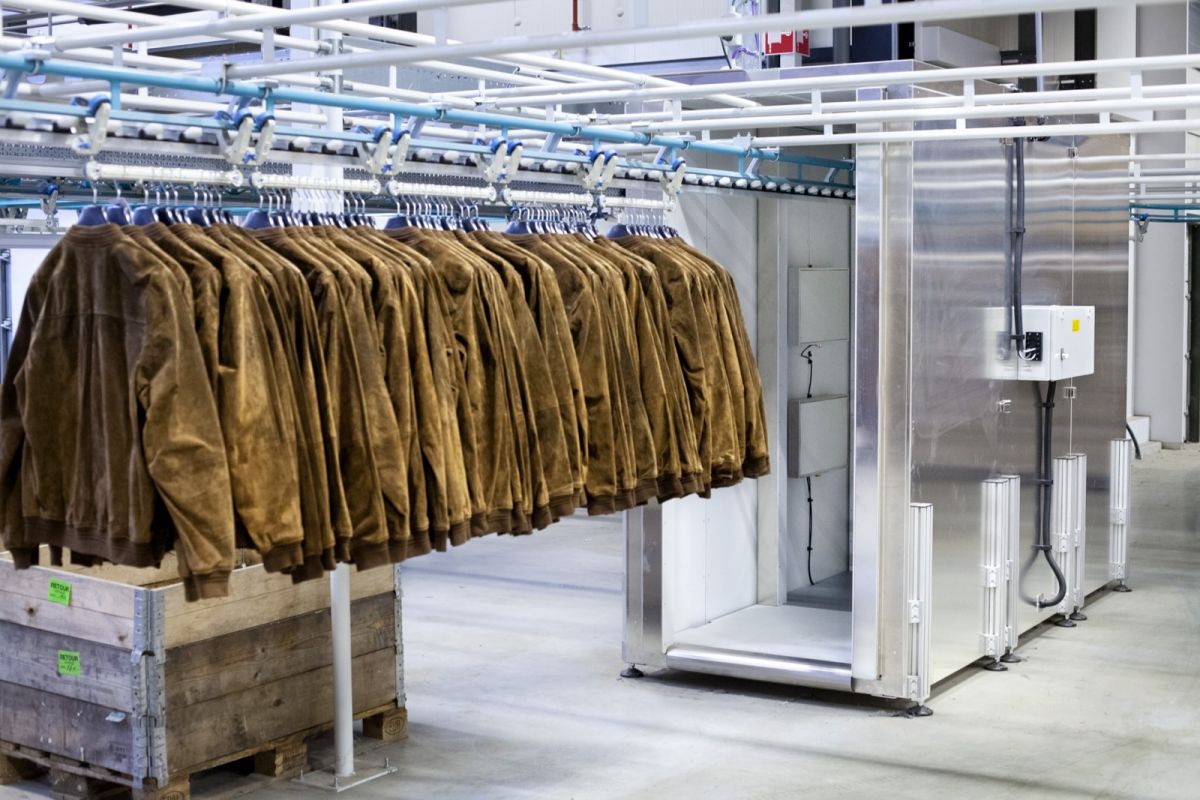RFID technology was originally developed for tracking inventory, but its versatility has led to much broader adoption. Today, RFID detectors not only protect assets but also optimize processes, enhance customer service and shopping experiences, and provide more precise and efficient resource management.
In this article, we’ll dive deeper into RFID detectors, exploring their benefits, applications, and different uses.
What is an RFID Detector?
RFID technology consists of three key components: an RFID tag, an RFID reader (or detector), and software. In the case of passive UHF RFID, the tags do not have a battery, so they depend on the energy generated by the reader to activate and transmit information. In this system, the reader not only decodes the received signal, but also generates an electromagnetic field from which the tags absorb energy to activate and respond. Finally, the software is in charge of displaying the information in a user-accessible way.
Unlike traditional barcodes, UHF RFID detectors do not require physical contact with the tag or direct sight to read data. Additionally, they can read multiple items at once, speeding up processes that would be slower and less efficient with other technologies.
Benefits of Using RFID Detectors
As mentioned earlier, RFID detectors can simultaneously read multiple objects, saving time typically spent managing inventory or tracking assets. Moreover, since the process is automated and does not require manual intervention (as with barcode scanning), the likelihood of errors is significantly reduced, leading to fewer issues related to inventory management and data handling.
In addition, automating the process provides a clear record of product movements. This data, captured by RFID, enables better decision-making. This point is particularly crucial in industries like retail, where it’s necessary to know exactly how many product units are available in a store or warehouse at any given time. Furthermore, RFID detectors streamline checkout processes and simplify stock management, allowing customers to enjoy faster, smoother shopping experiences.
Common Applications of RFID Detectors
- Logistics: In this sector, RFID technology plays a key role in product traceability throughout the supply chain, from production to final delivery. Suppliers to large retailers, such as Inditex, use RFID equipment to ship from source, allowing them to compare packages on arrival at the distribution center and verify that everything is correct. In this way, RFID tags facilitate detailed control of each package, helping to reduce delays and losses.
- Food and Beverage: RFID detectors offer clear visibility into the entire journey of food products through the supply chain. This is crucial for tracking details such as the producer and expiration dates, allowing for more informed decision-making. For beverages, it helps facilitate brand protection and prevents the gray market, ensuring that only authorized products are distributed and verifying that optimal conditions are maintained in the distribution channels. This helps protect brand integrity and ensures that consumers receive products in the highest possible condition.
- Library and bookstores: RFID tags identify books and documents with a unique ID number, allowing for more accurate tracking and tracing. Implementing an RFID technology system in a bookshop makes it possible to register the entry and exit of the products that are rented in real-time and to control the delivery dates of the products. In addition, users will be able to check with certainty whether the desired book is available at that moment.
Advanced Solutions in RFID Technology
With constant advancements, RFID solutions have evolved to offer more functionality and innovative applications. One such innovation is the integration of RFID readers into mobile devices (as handhelds, for example), allowing store or warehouse employees to manage inventory quickly and efficiently from anywhere.
Moreover, the integration of RFID technology with other innovations is driving its development forward. For example, when combined with cloud computing and big data analytics, RFID facilitates massive data collection and processing, providing more precise information for business decision-making. Additionally, when integrated with artificial intelligence and machine learning, RFID enhances intelligent object recognition and prediction, pushing automation to new heights. For example, in a warehouse, RFID systems embedded with AI can automatically identify and classify products, anticipating replenishment needs or adjusting logistics in real time if demand patterns are detected.
RFID technology is no longer just a tool for inventory management, but it has also expanded to include applications in security and other areas and is a key component of the digital transformation across multiple sectors. From improving operational efficiency to creating new customer experiences, RFID detectors continue to expand their applications and reveal their potential in ways we couldn’t have imagined before.

